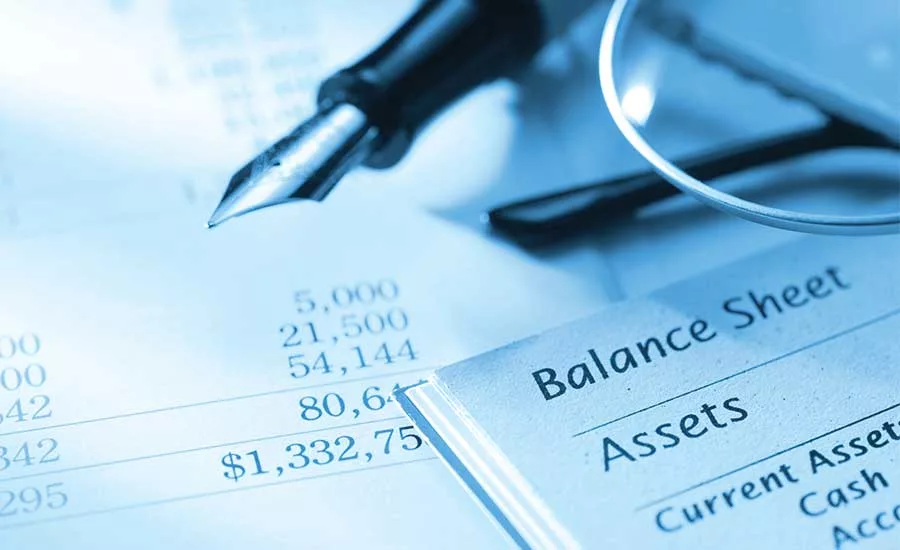For Drilling Contractors, Balance Sheet Shows Business’ Worth

A balance sheet answers the question, “What is my business worth?”
Do you know how much debt your business has? Do you know the value of the assets the business has? Contractors who can’t give at least a rough estimate for both those numbers need to get better acquainted with their balance sheet.
Over the last couple of months in this space, I’ve talked about the importance the cash flow statement and the income statement. Both measure critical and different aspects of your business, and both give insights into the health of your company. This month, I’ll go over the basics of the third financial statement business owners need to know about: the balance sheet. This overview will explain what a balance sheet is and why it’s important. Of course, you’ll want to meet with an accountant to get a full, professional explanation of all of these statements, and what they show about the health of your business.
What is a Balance Sheet?
The balance sheet answers the question, “What is my business worth?” Unlike the cash flow and income statements, the balance sheet doesn’t cover a period of time. To a balance sheet, the time is always “now.”
A simple way to understand a balance sheet is to think about what the business owns versus what it owes. A business will, hopefully, own more than it owes. The difference between the two is called “equity,” and that’s what the business is worth.
Let me plug in some numbers to illustrate. Suppose cash on hand, inventory and equipment (less depreciation) add up to $1 million in assets. Now, think about all those current and long-term liabilities: accounts payable, lines of credit, mortgages and other debt. Those add up to $700,000. Subtract one from the other, and you get $300,000 in equity. That means your business is worth about $300,000.
Think of equity as the accumulation of all of those good business decisions. If your equity, measured on Dec. 31 is greater than the prior Jan. 1, congratulations, you’re business is growing.
Why Do I Care?
The short answer is, you should care because your banker does. Unless the owner inherited a barrel of $100 bills, all businesses will at some point need financing. That might be a large loan to buy a new drilling rig, a line of credit for inventory, or even a business credit card. How well a bank treats Joe Businessman has a lot to do with what his financial statements — cash flow statement, income statement and balance sheet — look like.
I’ve already talked about how to improve cash flow and income statements. Improve a balance sheet by paying down debt and maintaining a good amount of working capital. Make extra loan payments when possible. Keep enough cash on hand so that, if income suddenly dried up, bills could still get paid for several months. Both are smart tactics.
Like I said before, talk to your accountant about your business’ financial picture. It’s a good idea to check in regularly. Ask lots of questions, like:
- How can I lower expenses?
- How do I increase gross margin?
- Am I charging the right price for my services?
- Am I carrying too much debt?
- What’s a good plan for paying down debt?
- What red flags do you see in my financial statements, and how do I fix them?
Mastering your business’ financial statements may seem difficult, but it puts you in the driver's seat. Remember how tough driving was when first learning? Now, years later, you get in and purposefully go where you want to go without thinking. Strive for the same for your business. Get behind the wheel and go where you want to go.
What do you think? Have you found a way to grab the financial wheel and hit the gas, knowing you’re headed in the right direction? Let me know. Send an email to verduscoj@bnpmedia.com.
Stay safe out there, drillers.
Looking for a reprint of this article?
From high-res PDFs to custom plaques, order your copy today!

